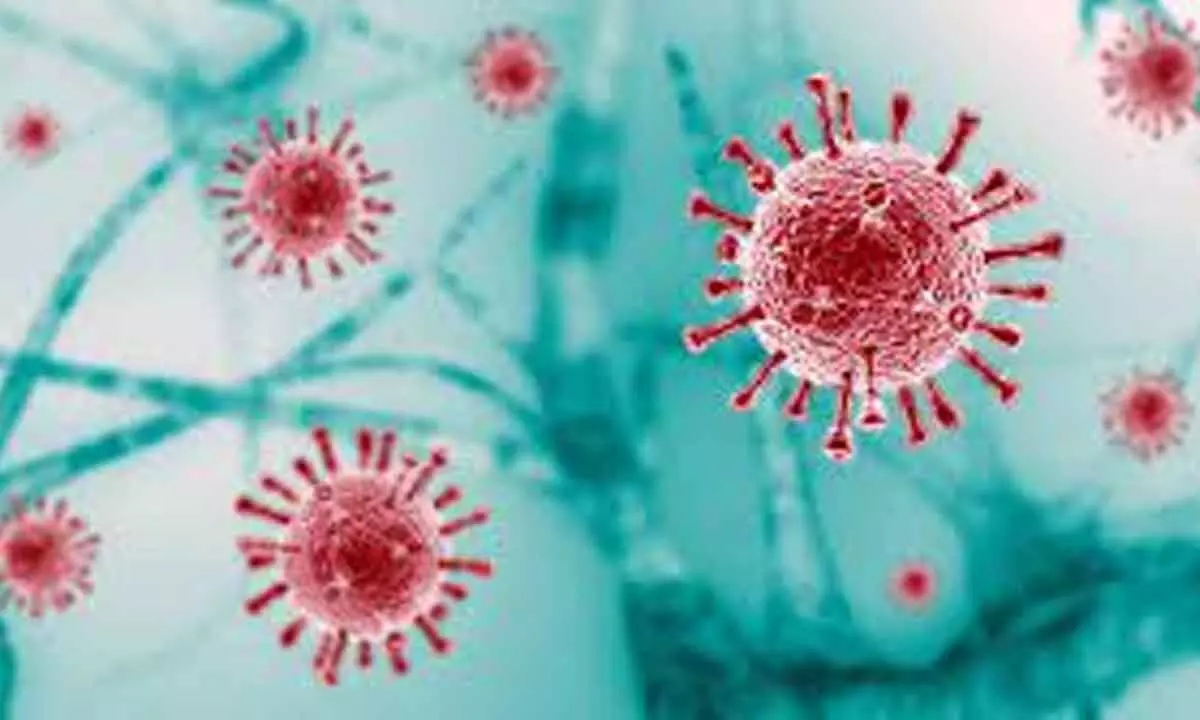Antidepressant use in young girls increased after onset of Covid-19
Increase in the antidepressant dispensing rate during the pandemic was driven by females: 130% faster among girls aged 12-17 years
image for illustrative purpose

This could be because male adolescents may have skipped physicals and other health care visits during the pandemic, decreasing opportunities to diagnose and treat anxiety and depression
New York: Antidepressant use rose sharply in adolescents and young adults, particularly among girls, after the Covid-19 pandemic began, according to a new study.
The findings, published in the journal Pediatrics, showed the rate of antidepressant use rose nearly 64 per cent faster after March 2020 in young people aged 12 to 25.
“Antidepressant dispensing to adolescents and young adults was already high and rising before March 2020. Our findings suggest these trends accelerated during the pandemic,” said lead author Kao Ping Chua, a paediatrician and researcher at University of Michigan Health C.S. Mott Children's Hospital in the US.
Importantly, the increase in the antidepressant dispensing rate during the pandemic was driven by females: 130 per cent faster among girls aged 12-17 years and 60 per cent faster among females aged 18-25 years.
“Multiple studies suggest that rates of anxiety and depression among female adolescents increased during the pandemic,” Chua said. “These studies, coupled with our findings, suggest the pandemic exacerbated a pre-existing mental health crisis in this group.”
In contrast to females, the antidepressant dispensing rate changed little among male young adults after March 2020 and declined among male adolescents, which Chua found surprising.
“It’s hard to believe this decline reflects improved mental health,” he said.
This could be because male adolescents may have skipped physicals and other health care visits during the pandemic, decreasing opportunities to diagnose and treat anxiety and depression, the researchers said.
Chua said the overall rise in antidepressant dispensing to adolescents and young adults may not only be related to worsened mental health. Long waitlists for psychotherapy, for example, may have also played a role.
“In my primary care clinic, I often heard from patients and families that they were facing 6-9 month wait lists for therapy during the pandemic. In those situations, it didn’t make sense to withhold antidepressants and recommend a therapy-only approach,” he said.

